(NLDO) - The mysterious object has gouged a crater 8 km wide into the Earth's surface and may be an "accomplice" of Chicxulub.
According to The Guardian , traces of an extraterrestrial object found on the seabed off the coast of Guinea in West Africa could be evidence that the extinction event that the dinosaurs suffered 66 million years ago was not caused by the "killer" Chicxulub alone.
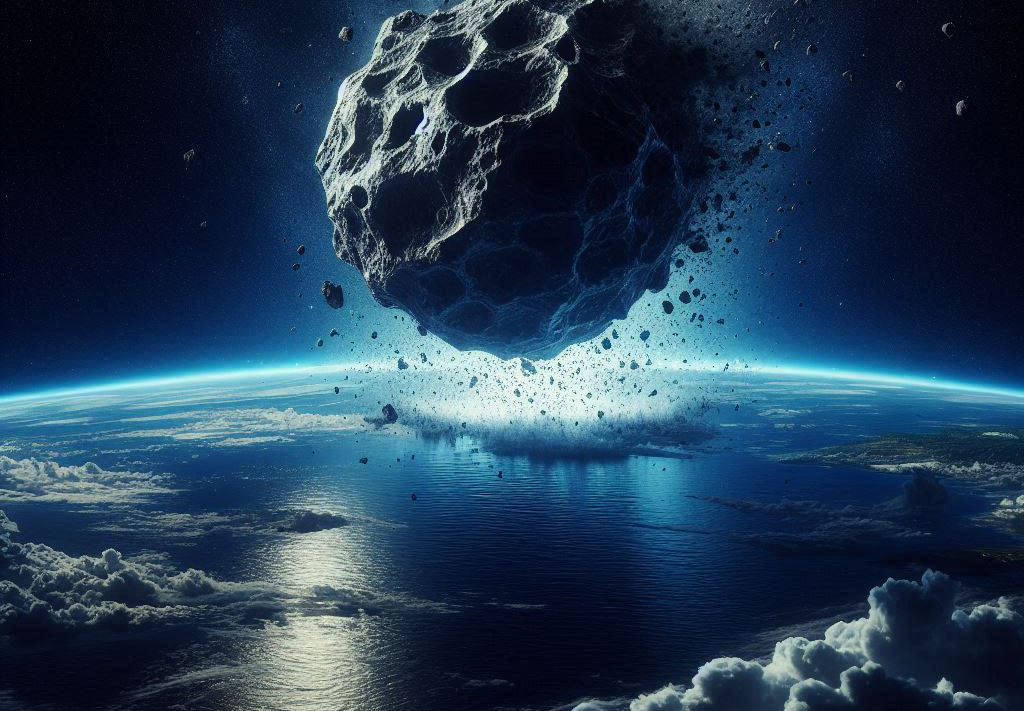
The Nadir impact crater may be evidence of an "accomplice" of the Chicxulub asteroid that wiped out the dinosaurs on Earth - Illustration AI: ANH THU
About 66 million years ago, a giant asteroid named Chicxulub unleashed a force equivalent to about 1 million atomic bombs on Earth, triggering a series of catastrophic disasters, ending the "age of monsters" on Earth.
The remnants of this event are an impact crater that straddles Mexico's Yucatán Peninsula.
Now, scientists have discovered a startling truth: Dating results of an impact crater up to 8 km in diameter off the coast of West Africa show that it appeared about 65-67 million years ago.
Calculations show it is the remnant of an asteroid more than 400 meters in diameter, which once crashed into Earth at a speed of more than 72,420 km/h.
Dr. Uisdean Nicholson - a marine geologist at Heriot-Watt University (UK), the lead author of the study on the crater named Nadir - said scientists discovered the impact crater thanks to 3D maps created from seismic waves.
The results showed that in addition to its huge diameter, the crater was also up to 300 meters deep.
These details show that the collision, although "weaker" than the Chicxulub disaster, was enough to cause violent tremors that liquefied sediments below the ocean floor, forming new faults.
The terrifying event also caused landslides with traces of damage visible for thousands of square miles beyond the rim of the impact crater.
From there, a "monster" tsunami more than 800 meters high was formed and swept across the Atlantic Ocean.
Large amounts of greenhouse gases were also suddenly released into the atmosphere during the chain of disasters.
Writing in the scientific journal Nature Communications Earth & Environment, the researchers said they also suspect the space rock is a "brother" of Chicxulub.
It is possible that both objects were separated from a common "mother body," a large asteroid that broke into many large and small pieces on its way to Earth.
Source: https://nld.com.vn/sat-thu-so-2-len-dap-xuong-trai-dat-giua-tham-hoa-thien-thach-196241005084745045.htm





![[Photo] Keep your warehouse safe in all situations](https://vphoto.vietnam.vn/thumb/1200x675/vietnam/resource/IMAGE/2025/10/1/3eb4eceafe68497989865e7faa4e4d0e)




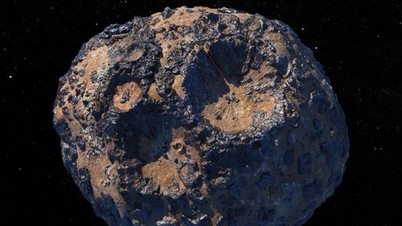

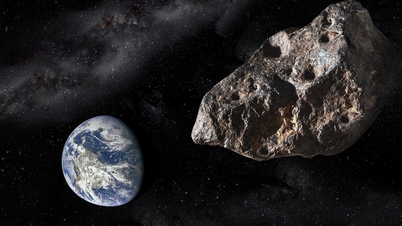
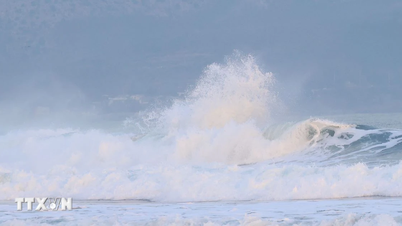



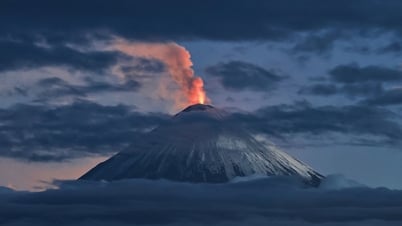
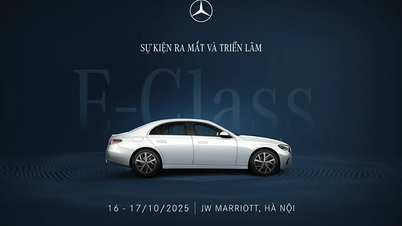

![[Video] Hanoi continues to lead the country in innovation](https://vphoto.vietnam.vn/thumb/402x226/vietnam/resource/IMAGE/2025/10/2/6651caeab9a04120a7eb185da97226c8)

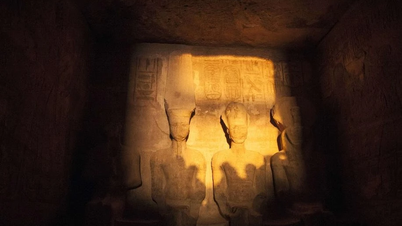
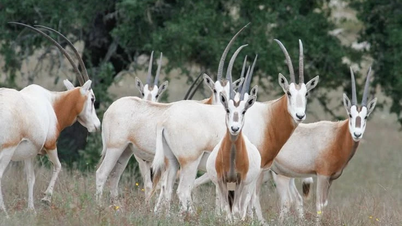












![[Photo] President of the Cuban National Assembly visits President Ho Chi Minh's Mausoleum](https://vphoto.vietnam.vn/thumb/1200x675/vietnam/resource/IMAGE/2025/10/1/39f1142310fc4dae9e3de4fcc9ac2ed0)






















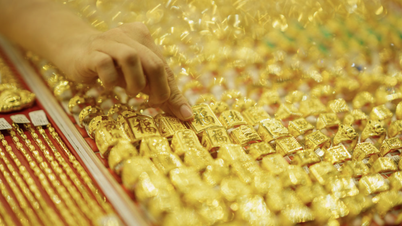
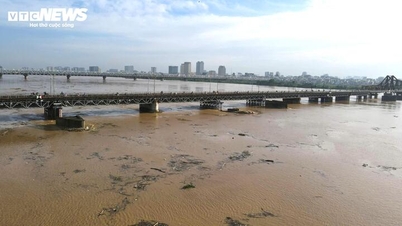



















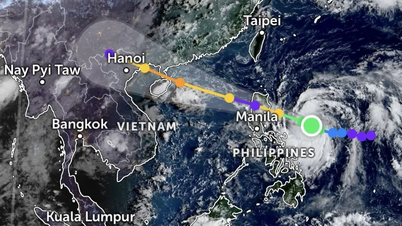
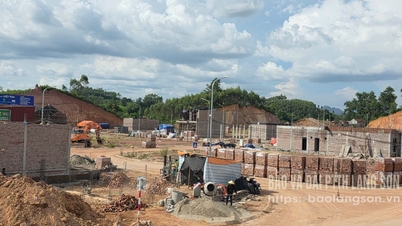
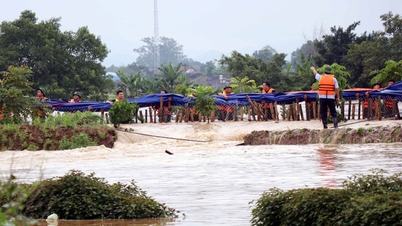
















Comment (0)